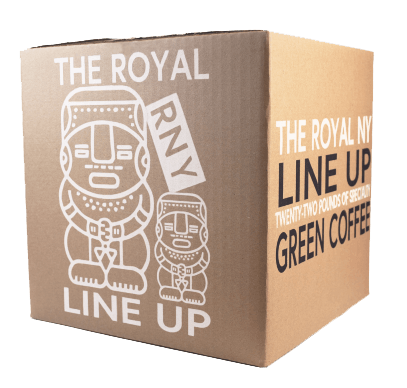No products in the cart.
Coffee
Coffee Analysis: Washed FTO Timor and Wet-hulled Sulawesi Toraja
The coffee from the islands of South Asia have a distinct flavor profile. The volcanic soil and heavy rainfall have strong influences on the coffees flavor, even as the altitude climbs. Sumatra and Java are the biggest producers of coffee in this region, but there are other delicious options.
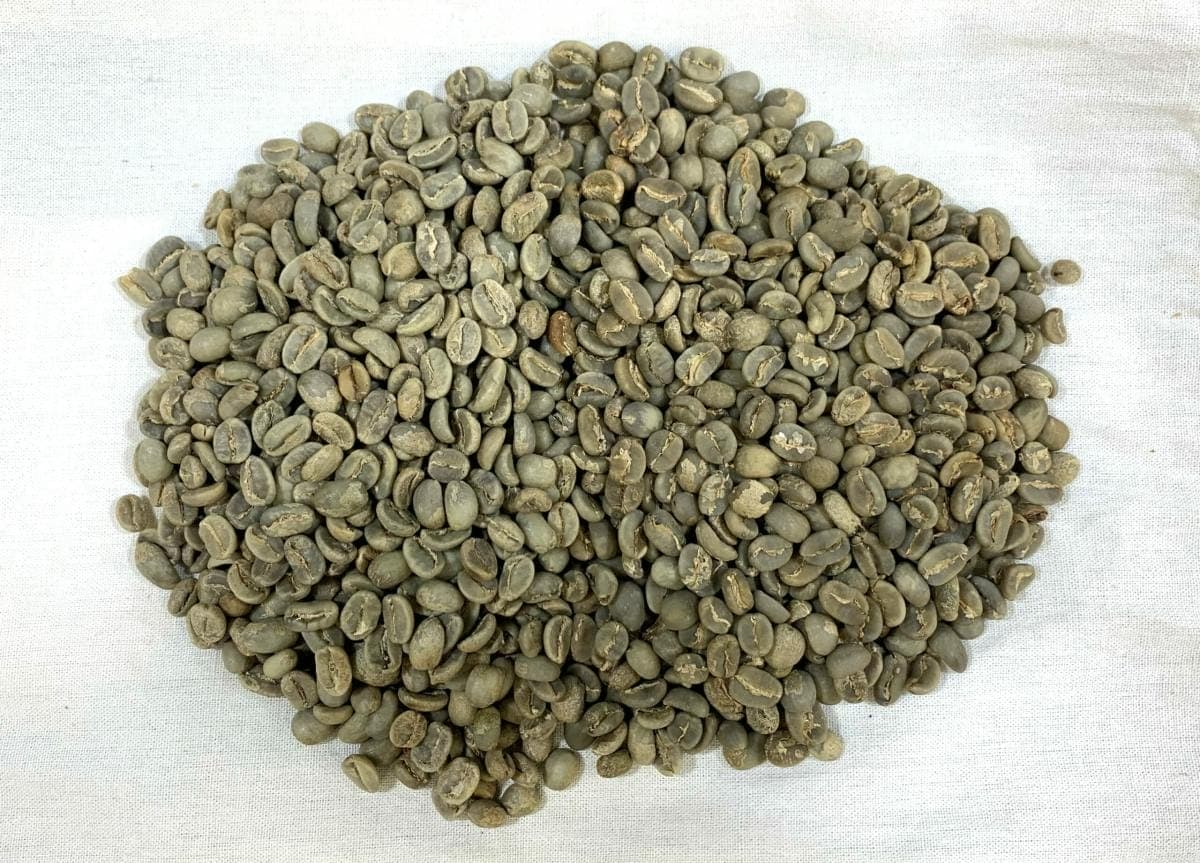
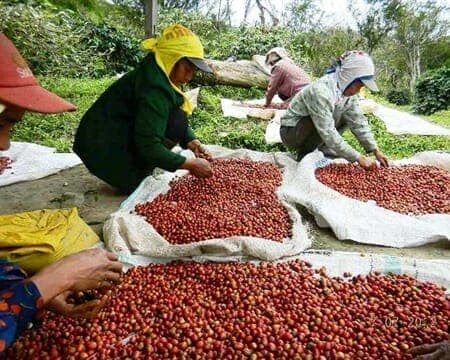
Sulawesi is an island in Indonesia directly east of Borneo. With elevations reaching 2,000masl, the central highlands of Toraja represent some of the highest peaks in the south pacific. The region was named after the indigenous peoples met by Dutch settlers in the 18th century. They were generally left to themselves because of how difficult the highlands are to travel. The Dutch increased contact with the indigenous peoples primarily to try and convert them to Christianity. In spite of these efforts, the Toraja still practice many of the same traditions as their ancestors. Most notable are the large ancestral houses known as Tongkonan and the elaborate funeral celebrations. The funerals are so large and expensive that the families of the deceased may sometimes delay burial for several months or years to save the required funds. During this time, the body of the deceased will be wrapped in cloth and kept in the Tongkonan where the spirit will wonder until the funeral ceremony.

Southeast of Sulawesi lies the island of Timor. Coffee was originally planted here by Portuguese explorers over 400 years ago. This particular offering originates in the Maubisse region with elevations of about 1600masl. The island was devastated by widespread coffee leaf rust, leading to the development of the Timor hybrid. This hybrid has been replanted and cross-bred with other cultivars around the globe. On Timor, the producers operate on very small farms, generally less than a hectare. These small farms formed the Coopertiva Cafe Timor or CCT in 1994. CCT is one of the largest employers on the island. Most of the population lacks access to healthcare or education. There is very high infant mortality and most adults are illiterate. CCT has helped the producers receive Organic and Fair Trade certifications so they may receive a premium for their harvest.
The Sulawesi Sapan Minanga coffee cherries are processed traditionally using the Giling Basah or Wet-hulled method, while the coffee from Timor is fully washed. In both styles, the coffee is picked, depulped, and soaked in water to loosen the mucilage. The coffee is laid out to dry generally on a patio or indoors to protect it from the rains. In Timor, the farmers may have access to mechanical driers, and it will be dried until about 10-12% moisture. The wet-hulled Sulawesi will only be dried to 40-50% moisture. The coffee will then be transported to a specialized mill for wet-hulling which removes the protective parchment layer. This leaves the green beans vulnerable to the harsh elements while it continues to dry. The parchment layer on the coffee from Timor will remain intact until the dry mill, producing a more clean flavor profile.

When roasting these coffees, we tried to highlight some of the flavors not normally associated with Asian coffees. Both roasts were light, but because of the Sulawesi’s high elevation and density, we roasted it slightly faster. Both of these roasts would be rounded out by roasting darker, but we wanted to explore all these coffees had to offer.
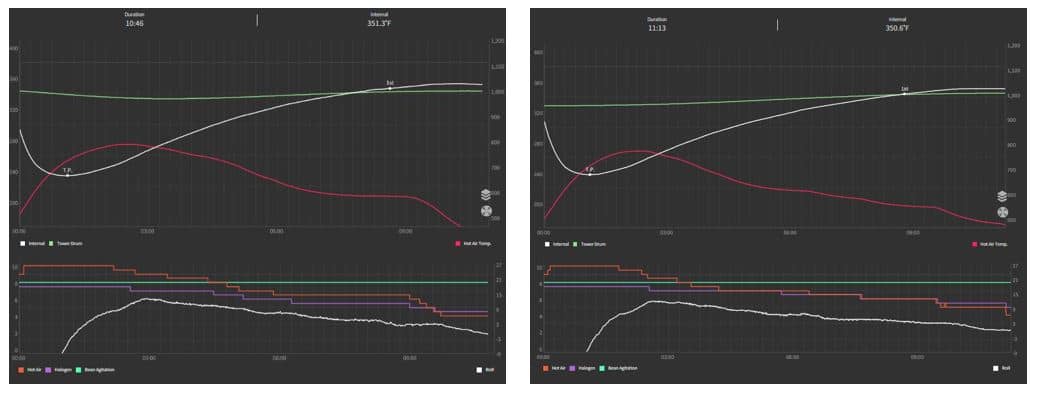
The Sulawesi was roasted in a slightly hotter drum, and the heat application(red lines) was higher during the first half of the roast. This resulted in roast that was about 30 seconds faster.
During our espresso tasting, we found that both coffees had a pleasant and syrupy body. The Sulawesi had a clear cherry note. The Timor was more citric, almost overwhelmingly so. Lemon and grapefruit flavors were dominant.
To compensate for the intense citric acidity of the Timor espresso, we widened our ratio and increased our extraction. The body was still full, but we had increased the sweetness creating a more balanced espresso.
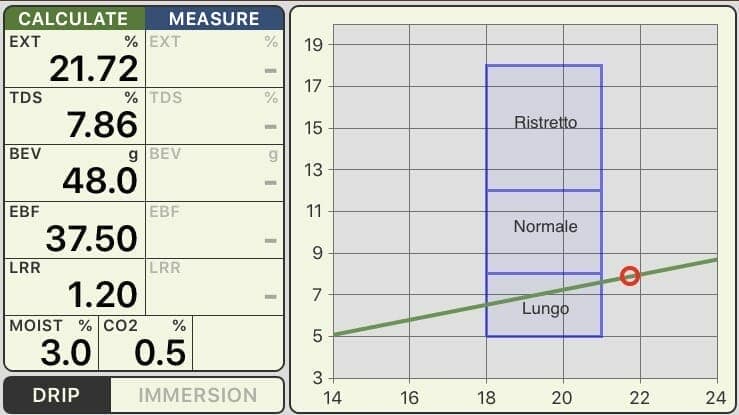
We explored the Sulawesi further through brewing using a Hario V60. We chose this brew method to accentuate the coffee’s body. The thinner filter paper allows for a finer grind size to be used which translates to a fuller cup.
Our first recipe was 20g of coffee and 300g of water. We added the water in pulses which resulted in a 3:00 brew time. Our brew was 1.42% TDS and 22.5% extraction. It was slick, round, and smooth with a slight bitter, grape skin tannic finish.
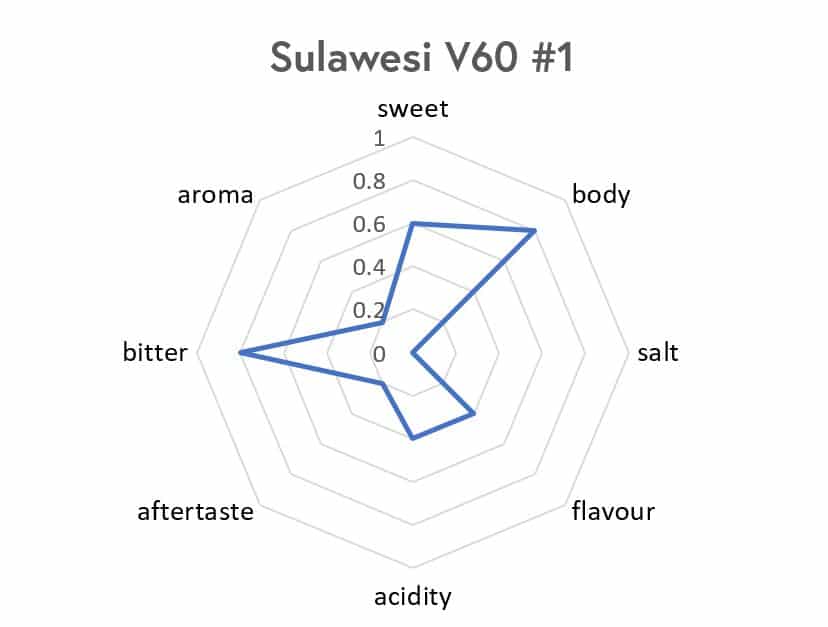
We wanted to preserve the body, but increase the acidity and have a more fruity cup. We coarsened our grind and poured continuously instead of pulsing. That cup had notes of tangerine, thyme, lime, brown sugar, floral, and a black pepper finish. The body was viscous and round but thinner.
These coffees represent the high quality that come out of South Asia. There is an array of islands surrounding Sumatra and Java, and many of them produce coffee. For recommendations feel free to contact a trader at Royal NY.
